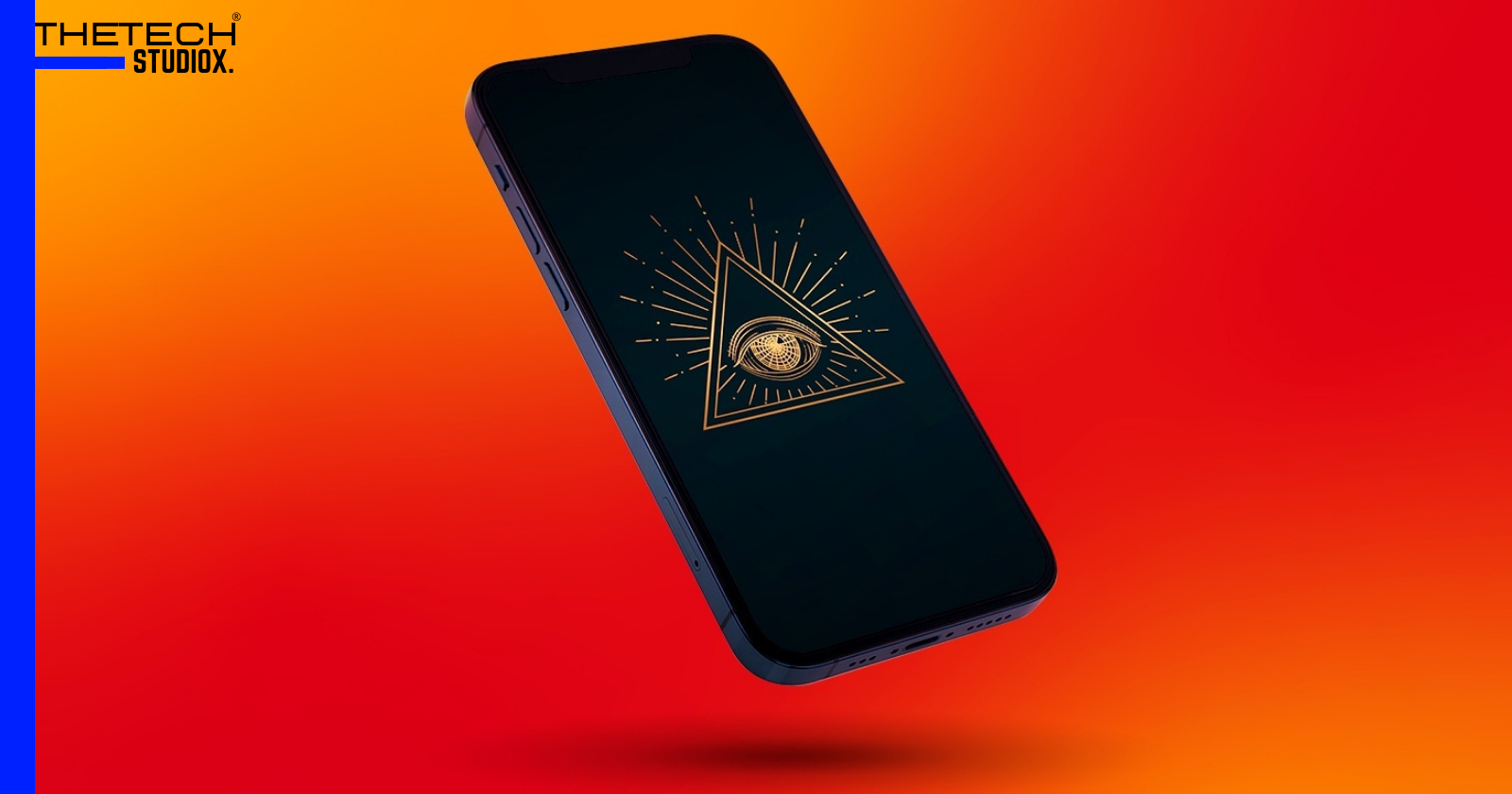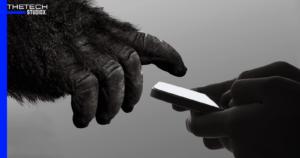Table of Contents
In the realm of digital security, iPhones have long been touted as bastions of safety, often considered superior to their Android counterparts. However, recent developments have shattered this perception. A startling report has emerged, sounding the alarm bells for Apple users worldwide: a perilous trojan is surreptitiously pilfering facial recognition data from iPhones, with nefarious intentions of infiltrating users’ bank accounts.
Dangerous New iPhone Attack
Group-IB, a renowned cybersecurity firm, has identified a troubling trend—a sophisticated mobile Trojan meticulously targeting iOS users. This insidious malware operates by clandestinely harvesting facial recognition data, identity documents, and intercepting SMS messages. It’s a chilling revelation, emphasizing the vulnerability of even the most fortified devices in the face of evolving cyber threats.
Impact on iPhone Users
The revelation of this malicious software instills a sense of unease among iPhone users, puncturing the myth of impregnability surrounding Apple’s ecosystem. While the iPhone’s FaceID data remains impervious, the theft of facial captures poses a significant risk. These stolen images are manipulated using AI-driven face-swapping techniques to create deep fakes, enabling cybercriminals to breach users’ banking accounts with alarming ease.
Technical Aspects of the Attack
Unlike conventional breaches targeting sensitive data stored within the device, this malware operates by exfiltrating facial data for malevolent purposes. By exploiting vulnerabilities in users’ trust and device security, it leverages social engineering techniques to gain unauthorized access.
Distribution Methods
Initially disseminated through Apple’s TestFlight platform, the malware adapted swiftly, resorting to social engineering tactics. Users were deceived into installing Mobile Device Management (MDM) profiles, unwittingly granting complete control of their devices to threat actors.
Risks Associated with Facial Data Theft
The proliferation of facial recognition technology in identity verification processes exacerbates the severity of this threat. Despite advancements in liveness detection and anti-spoofing measures, the emergence of deep fake technology undermines these safeguards, leaving users vulnerable to exploitation.
Mitigation Strategies
Vigilance and skepticism are paramount in safeguarding against such threats. Users must exercise caution while installing applications or clicking on links, especially from unverified sources. By exercising prudence and discretion, users can thwart attempts at unauthorized access to their personal information.
Global Implications
While the initial focus of the attack may be concentrated in the Asia-Pacific region, its ramifications reverberate globally. This incident serves as a stark reminder of the interconnectedness of digital threats and the imperative for collective vigilance.
Comparison with Android Devices
Contrary to popular belief, iPhone users are not immune to cyber threats. In fact, the Android variant of this malware proved even more pernicious, underscoring the need for heightened awareness across all platforms.
Rise of Deep Fake Technology
The proliferation of deep fake technology amplifies the magnitude of cybersecurity risks, as the line between reality and fabrication blurs. The ease of creating convincing facsimiles poses a formidable challenge to traditional security measures.
Apple’s Response
In light of these developments, scrutiny falls on Apple’s response to the Group-IB report. While inquiries have been made, concrete actions remain to be seen, leaving users apprehensive about the efficacy of their device’s defenses.
As the cyber landscape evolves, fueled by advancements in artificial intelligence, the specter of new threats looms large. The convergence of AI-centric technologies with malicious intent heralds a paradigm shift in cybersecurity, necessitating continuous adaptation and innovation.
Conclusion
The emergence of a Trojan targeting iPhone users underscores the ever-present threat of cyber exploitation. By understanding the intricacies of this attack and adopting proactive security measures, users can fortify their defenses against evolving threats, ensuring the integrity of their digital identities.
FAQs
How can I protect my iPhone from such attacks?
Implement robust security measures such as two-factor authentication and regularly update your device’s software.
Is FaceID still safe to use after this incident?
Yes, FaceID remains secure as the attack targets facial captures stored on the device, not the FaceID authentication mechanism itself.
What steps should I take if I suspect my device has been compromised?
Immediately disconnect from any networks, reset your device to factory settings, and contact Apple support for further assistance.
Are there any warning signs of a potential malware infection on my iPhone?
Unusual battery drain, unexpected app behavior, and unauthorized transactions are red flags that warrant investigation.
How can I differentiate between legitimate and malicious apps or links?
Exercise caution when downloading apps from third-party sources and scrutinize URLs before clicking on links to avoid falling victim to phishing scams.





I don’t think the title of your article matches the content lol. Just kidding, mainly because I had some doubts after reading the article.